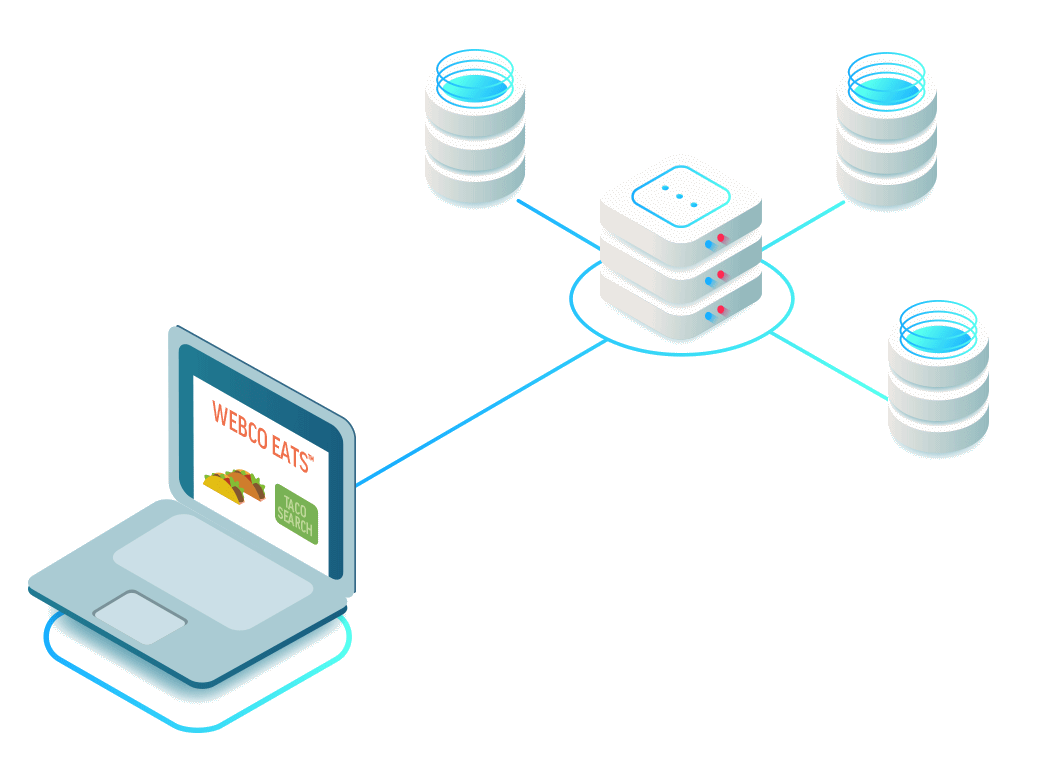In an increasingly interconnected world, networking and security are paramount for businesses striving to maintain a competitive edge while safeguarding sensitive information. This comprehensive guide explores the significance of networking and security, delves into the core components of these critical functions, and provides insights into best practices for ensuring robust network infrastructure and cybersecurity protocols.
Understanding Networking and Security
Networking forms the backbone of modern business operations, facilitating communication, data transfer, and collaboration both within organizations and with external stakeholders. A well-designed network infrastructure enables seamless connectivity, supports the transmission of large volumes of data, and ensures reliable access to critical applications and resources.
However, alongside the benefits of networking come inherent security risks. As businesses rely increasingly on digital technologies, they become vulnerable to various cyber threats such as malware, phishing attacks, data breaches, and denial-of-service (DoS) attacks. Consequently, cybersecurity has emerged as a top priority for organizations across industries, requiring proactive measures to protect sensitive data, preserve privacy, and mitigate risks to business continuity.
The Components of Networking and Security
- Network Infrastructure: Networking encompasses the hardware, software, and protocols that facilitate communication and data exchange within an organization’s IT environment. This includes routers, switches, firewalls, servers, and network cables, as well as networking protocols such as TCP/IP, DNS, and DHCP.
- Cybersecurity Measures: Security measures are designed to safeguard network assets, prevent unauthorized access, and detect and mitigate security threats. This includes implementing firewalls, intrusion detection systems (IDS), intrusion prevention systems (IPS), antivirus software, encryption protocols, and access control mechanisms.
- Data Protection: Data protection measures are essential for preserving the confidentiality, integrity, and availability of sensitive information. This includes implementing data encryption, access controls, backup and recovery procedures, and data loss prevention (DLP) solutions to mitigate the risk of data breaches and ensure regulatory compliance.
- Security Policies and Procedures: Establishing clear security policies and procedures is crucial for promoting a culture of security awareness and compliance within an organization. This includes defining user roles and privileges, enforcing password policies, conducting regular security audits, and providing employee training on cybersecurity best practices.
The Importance of Networking and Security
- Business Continuity: A robust network infrastructure and cybersecurity framework are essential for ensuring business continuity and minimizing the impact of disruptions such as cyber attacks, natural disasters, or system failures.
- Protection of Intellectual Property: Networking and security measures help protect an organization’s intellectual property, proprietary information, and trade secrets from unauthorized access, theft, or exploitation by cybercriminals or competitors.
- Compliance Requirements: Many industries are subject to regulatory requirements and compliance standards governing data security and privacy. Implementing robust networking and security measures helps organizations meet regulatory obligations and avoid costly penalties or legal consequences.
- Customer Trust: By safeguarding sensitive customer data and ensuring the integrity of their systems, organizations build trust and confidence among customers, partners, and stakeholders, enhancing their reputation and competitive advantage in the marketplace.
Implementing Networking and Security: Best Practices
- Risk Assessment: Conduct a comprehensive risk assessment to identify potential vulnerabilities, threats, and risks to your network infrastructure and cybersecurity posture. This provides valuable insights for prioritizing security investments and implementing targeted mitigation measures.
- Defense-in-Depth: Adopt a layered approach to security, implementing multiple layers of defense to protect against diverse threats and attack vectors. This includes perimeter security, endpoint protection, network segmentation, and user authentication mechanisms.
- Regular Updates and Patch Management: Keep software, firmware, and security patches up-to-date to address known vulnerabilities and minimize the risk of exploitation by cyber attackers. Implement automated patch management solutions to streamline the update process and ensure timely deployment of patches.
- Employee Training and Awareness: Invest in cybersecurity training and awareness programs to educate employees about common security threats, phishing scams, social engineering tactics, and best practices for safeguarding sensitive information. Encourage a culture of security consciousness and empower employees to report suspicious activities or security incidents promptly.
- Incident Response Planning: Develop and maintain an incident response plan outlining procedures for detecting, responding to, and recovering from security incidents such as data breaches or cyber attacks. Conduct regular tabletop exercises and simulations to test the effectiveness of your incident response plan and identify areas for improvement.
Conclusion
Networking and security are indispensable components of modern business operations, providing the foundation for connectivity, collaboration, and digital transformation while safeguarding against evolving cyber threats. By investing in robust network infrastructure, cybersecurity measures, and best practices, organizations can mitigate risks, protect sensitive data, and ensure business continuity in an increasingly interconnected and digitally-driven world.




